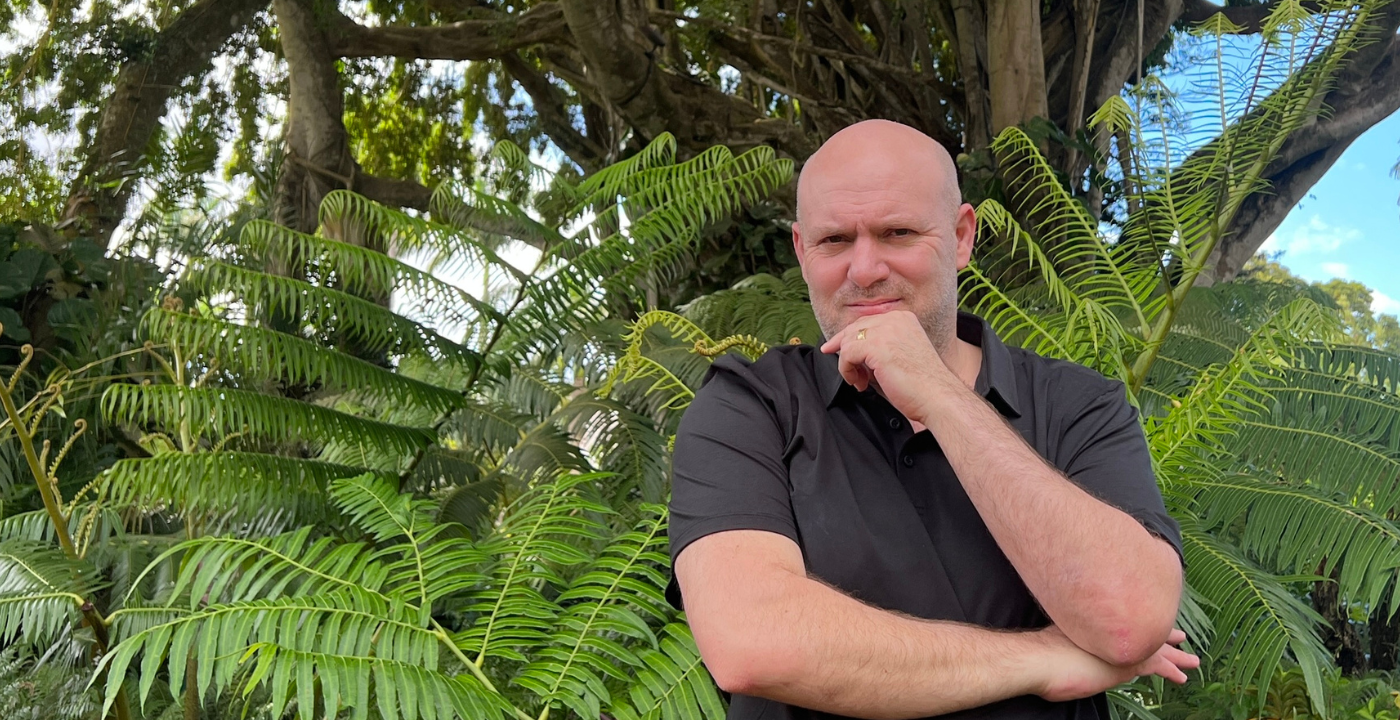Now what was interesting about this deposit is when it came out, it came out with a little bit of quantity, right? So the Brazilians immediately threw a wobbly here. I remember when the Brazilians filed legal cases against this gem being able to be called Paraiba tourmaline, because Paraíba is a state in Brazil, and they felt threatened that their Paraibas would diminish in value. And I understood the concept of that, and eventually it went to court, it went up to the higher court, it was appealed to the Supreme Court — and ultimately, the judge said look, it looks like a duck, it quacks like a duck, most likely it’s a duck. And then all of a sudden, all the labs in the world started shifting their descriptions on their certificates from “copper bearing tourmaline” to “Cuprian tourmaline” to everyone just calls it Paraiba tourmaline, and that’s basically what it is, regardless of its locale, whether it’s Nigeria, Mozambique or Brazil.
Now, Brazilian Paraibas can demand huge premiums, because a lot of people want a Brazilian stone. And a lot of times, the Brazilian stones have a higher copper content. Like 900, 1200 copper content, which a lot of times can be blue — but they’re also more included in most cases — but look, I’ve seen these kinds of colors found in all of the locales, and you know, different people have different preferences. I mean: beautiful, perfectly clean, top-gem-quality Mozambique Paraiba will blow your head off. It is unbelievable. And to be honest, I’ve seen it with 1200 to 1400 copper content, as high — and even higher than — most Brazilian stones. So it really depends. And Mother Nature works in mysterious ways.
Sure, there’s certain things in certain areas, but the Paraiba Tourmaline even today — ok, I’ll take you back. I bought all this rough in Mozambique when these stones came out. To date, I have sold probably 75% of all my rough to the Brazilian market. The Brazilians are the biggest buyers of Paraiba in the world. They also sell it in the US and across the world, but it is one of the best-selling gems within, you know, Brazil itself, because it’s a national pride gem, and there is no more “real Brazilian paraiba” of any size.
Now Mozambique produces them, and has produced some larger sizes, and also something that no one had ever seen before: perfectly flawless Paraiba.
Now it’s very rare, it’s only 1 in maybe 100,000 Paraibas, that is perfectly, perfectly clean. I mean, flawless. It is very, very uncommon. But it does happen occasionally out of Mozambique and Nigeria.
Almost impossible to see anything like that out of Brazil. I mean, stones have soared to a quarter of a million dollars a carat if they have even a fraction of clarity coming out of Brazil, surpassing the 2.00-3.00 carats size. they go crazy prices, with crazy numbers, and it’s just something we just don’t see a lot of. And current mining today, if you go look at what they’re mining in Brazil, the majority will be 1 point or 2 point diamond cuts — that’s what they focus on. Good colors, but very small, brilliant diamond
cuts.
So, when you see Paraibas that are big, or clean, or have nice color, they are extremely rare. The majority of Paraibas out there, if
they have nice color, are very, very included. It’s just the way it is. The higher the copper concentration, manganese concentration, the more included it is. Now, if you got a clean stone — that is something that is extremely rare.
Now let’s talk about some notable stones and Paraibas that Kat Florence has gotten throughout the years. And stones that I have discovered throughout the years. So there’s the 91.00 carats that currently is the largest Paraiba to ever be sold at auction. That stone is flawless. It is a flawless Paraiba tourmaline, it was set by Kat Florence, you’ll see it all other the place, in shots with Sarah Jessica Parker. Amazing color! That stone — extremely rare. That was a 91.00 carats. There’s a couple of 50.00 and 60.00 carats that were really like, over 100.00 carat, until Kat cut them down, because Kat likes to put on that precision diamond cut, where the stone is flawless. And that is extremely, extremely unique. I mean, not only Kat Florence does that, but it is something that is distinct to what she does.
But there’s a couple of Brazilian notable stones that she set a 10.00 carats Brazilian that, you know, that type of material is $150,000-$200,000 a carat. So there are a lot of stones that have gone through the Kat Florence workshops, that have been some of my most prized collection of Paraibas throughout the years.
Paraiba is a gemstone that I sort of grew up with, hunting, in different places. And I held on to it, and sold a lot of rough, throughout the years, and basically cherry-picked out the fine goods, the stuff that had great color, and good crystallization, or they were flawless and they were very open-color and they got that sparkle. You know, I tend to call it … not only Paraiba, I tend to call it “Aqua-maiba.” You know, when you get that color that’s mid-range, but it absorbs light, it pops! Like you’d never seen tomorrow. I mean, electric! Aquamarines can’t compete. There’s just something about the copper within the crystal structure, there’s a metallic element that just gives it its vibrancy, that is something to die for.


